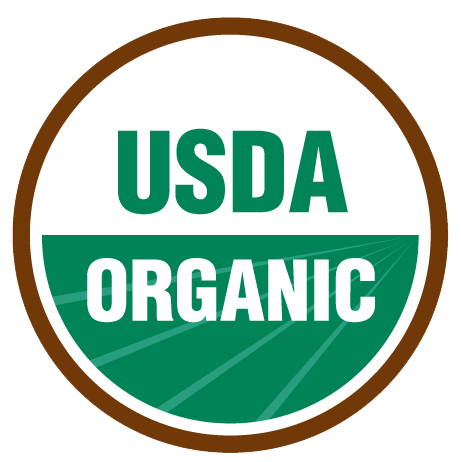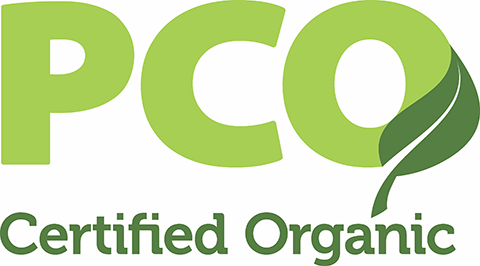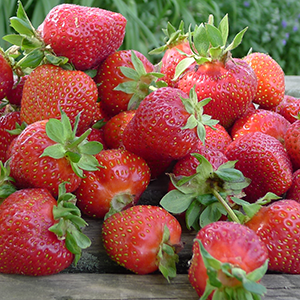
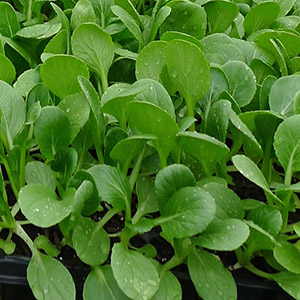
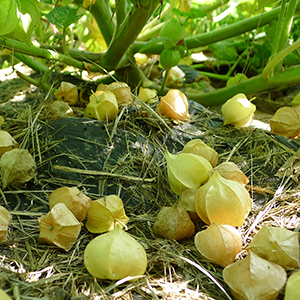

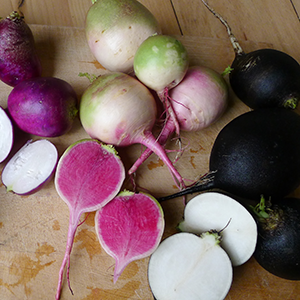
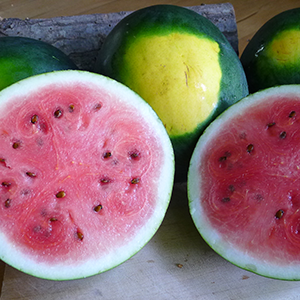
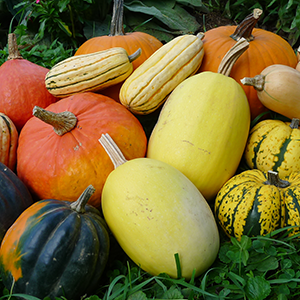



News and Notes | The Anchor Run Blog
Displaying a Single Post |
Show Recent Posts
August 16, 2020
Harvest Update, A Reckoning
by Farmer Derek
Harvest Update, A Reckoning
by Farmer Derek
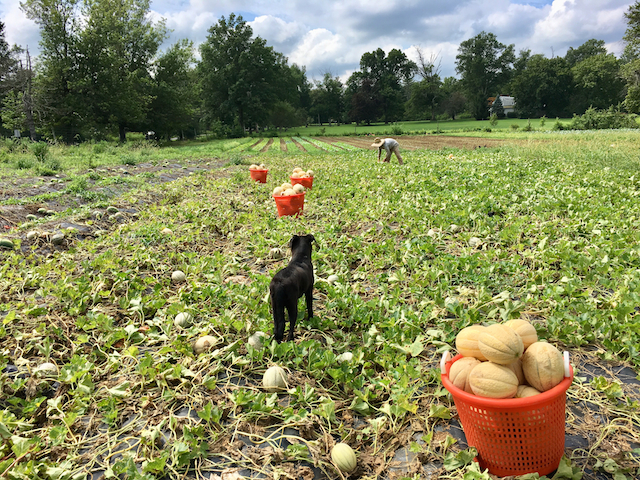
It's been a good melon year. Both plantings of watermelon survived and yielded well enough to distribute for 4 weeks, I believe for the first time in 12 years. We're picking cantaloupe from the 2nd planting right now and these should take us through at least this week and into next. Timing, for us, is crucial for these crops. There's only a small window to achieve crop maturity before migrating-from-the-south disease arrives in northern areas. Our goal is to plant the 1st batch of watermelon around the frost-safe date in early May then plant every 1-2 weeks after for a total of 4 successions of watermelon plus cantaloupe. Since we choose not to rely on sprays to control pests and diseases we proactively use preventative measures like row cover, rotation, timeliness, fertility, raised beds, weed control fabric, and drip irrigation. Seen in the background are rows of fall crops: beets, chard, kale, and napa cabbage.
We're in the midst of a transition, a departure, a lessening (with a lesson) of certain crops. Some crops have met their potential and leave us feeling satisfied with their yield. Others have us scratching our heads as we try to understand what undermined their success. Let's not over- or understate the challenge of growing hundreds of varieties of crops over a 9-month growing season. The plethora of variables beyond our control, those we choose not to control because we farm organically, is a daunting list but one which must be assessed when goals aren't met. Crops whose seasons are ending but overall met their yield expectation include watermelon, cucumbers, and zucchini. It's been nice being able to rely on them for the past 1 and 2 months. What I'm most disappointed by is the nosedive drop in tomatoes. From a peak haul of 1,500lbs two and a half weeks ago to barely enough to cover Thursday and Saturday pick up last week is maddening. A quick consultation of past seasons shows me that tomatoes peak somewhere betweend 7-10lbs/member for a week or week and a half then for the next 2-3 weeks provide 4-6lbs then end with 2-3 pounds for a few weeks. So, why such a quick decline this year?
I believe it's a disease issue which could be one or more of the following: anthracnose, alternaria, septoria leaf spot, verticillium wilt. It feels like it's recurring, unfortunately. Last year the field tomatoes had the healthiest foliage on the biggest plants we've had, yielded well very briefly, and also declined rapidly. We practice a minimal 3+ year crop rotation, use covered raised beds, keep plants elevated/trellised to minimize any soil contact and splashing. But, I think, our weakness lies in our unsterilized trellising method. We use 7-foot t-posts and aluminum wire to support the plants and it's possible a disease organism is overwintering on one of those materials. Pruning and clipping means we're in amongst the plants regularly so if a plant is sick the illness can easily spread. Plant stress also can exacerbate susceptibility to illness but the tomatoes this year enjoyed pretty good conditions (except for more recently). July was very hot, humid, and wet, so that could provided too much stress. I'll be thinking this over and will hopefully come up with a solution for next year. Fortunately our 2nd planting of tomatoes, in the hoop tunnel, is starting to ripen and will hopefully yield well enough to satisfy everyone (that is if we can keep the armyworm larva population under control).
Eggplant is another crop that has me perplexed. Big, healthy plants, a good yield for a couple of weeks in the beginning, then just a trickle for the past few weeks. Bookending tomatoes and eggplant in the same field are okra and sweet peppers, crops that are performing as well as expected and look healthy overall.
Thus, we apologize for crops that aren't abundant like they should be.

POSTS BY TYPE
POSTS BY MONTH
